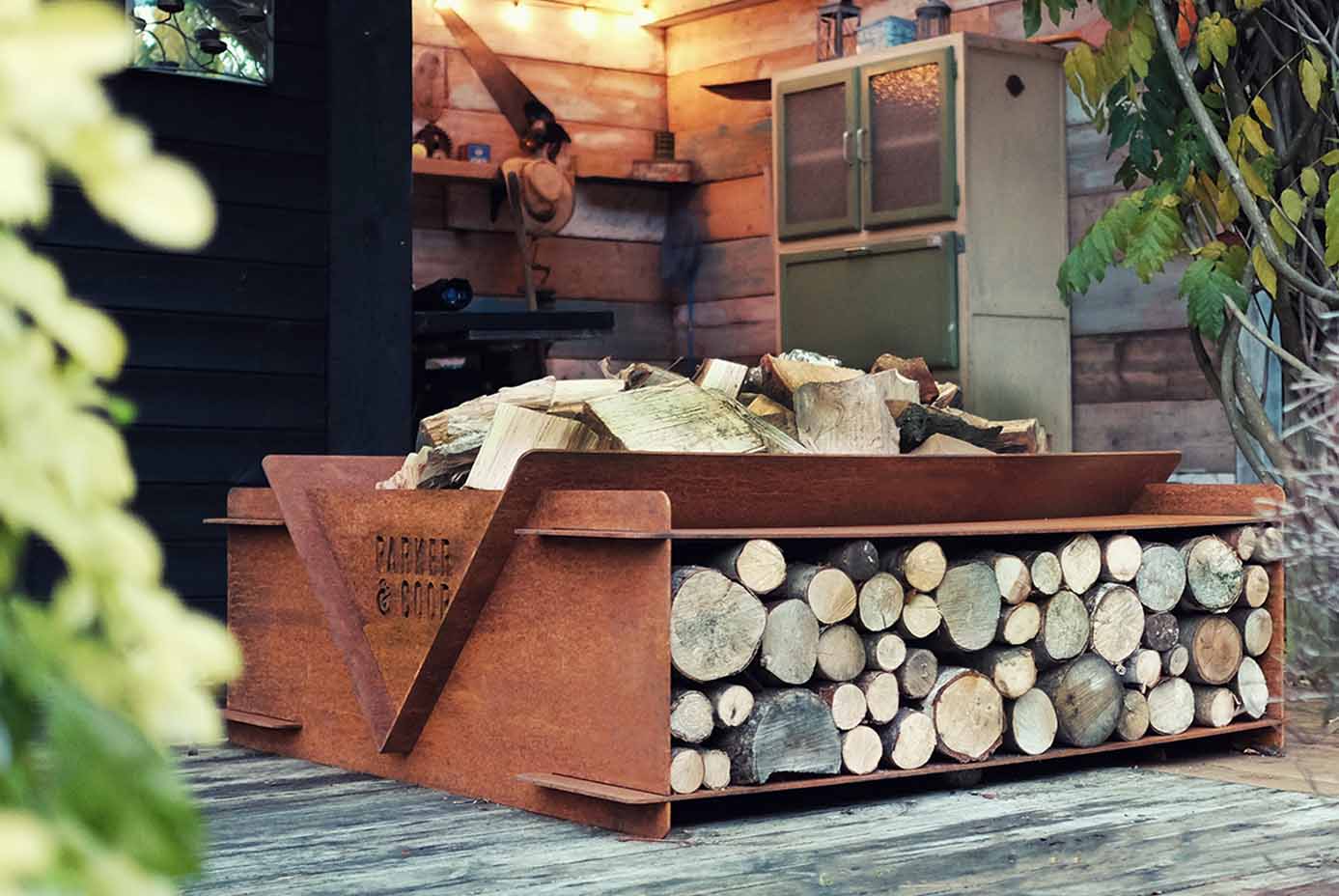

Articles
How To Store Wood For Fire Pit
Modified: January 14, 2024
Learn how to store wood for your fire pit with these helpful articles. Find tips and tricks to ensure your firewood stays dry and ready to use.
(Many of the links in this article redirect to a specific reviewed product. Your purchase of these products through affiliate links helps to generate commission for Storables.com, at no extra cost. Learn more)
Introduction
Welcome to our guide on how to store wood for a fire pit. Nothing beats the cozy warmth and crackling sounds of a roaring fire on a chilly evening. Whether you use a fire pit for cooking, ambience, or heating, having a well-stocked supply of firewood is essential. Properly storing your firewood ensures that it remains dry, ready for use, and helps to extend its lifespan.
In this article, we will walk you through the steps to store wood for a fire pit correctly. From selecting the right location to stacking the woodpile and protecting it from moisture, we will cover all the essential aspects of firewood storage. By following these tips, you can ensure that your firewood is always ready to ignite and provide you with hours of warmth and enjoyment.
So, let’s get started!
Key Takeaways:
- Properly storing firewood for a fire pit involves choosing the right location, preparing the storage area, stacking the wood properly, and protecting it from moisture. These steps ensure a reliable and cozy fire experience.
- Implementing efficient wood storage tips, such as practicing first-in, first-out and keeping a dry supply indoors, maximizes the use of firewood. By maintaining a well-organized woodpile, you can enjoy hassle-free and fuel-efficient fires.
Read more: How To Arrange Wood In A Fire Pit
Choosing the Right Location
When it comes to storing firewood, choosing the right location is crucial. Here are a few factors to consider when selecting the ideal spot:
- Accessibility: The location should be easily accessible, especially during the colder months. You don’t want to trek through snow or mud to fetch firewood.
- Sunlight: It’s important to choose a location that receives ample sunlight. Sunlight helps to naturally dry the wood and prevent moisture buildup.
- Airflow: Ensure that there is sufficient airflow around the woodpile. Good ventilation allows the wood to dry effectively and reduces the chances of mold or mildew growth.
- Proximity: Consider placing the woodpile close to your fire pit or outdoor seating area. This way, you don’t have to travel far to fetch firewood when you need it.
- Protection from elements: Look for a location that provides some protection from rain, snow, and excessive wind. This can be against a wall, under a covered area, or using a tarp or firewood shed.
By taking these factors into account, you can choose a suitable location that ensures your firewood remains dry and easily accessible throughout the year.
Preparing the Storage Area
Before you start stacking your firewood, it’s important to prepare the storage area properly. Here are some important steps to follow:
- Clean the area: Clear away any debris, leaves, or standing water from the storage area. This will help prevent rot and keep the wood dry.
- Create a base: Lay down a layer of gravel or bricks as a base for the woodpile. This elevates the firewood off the ground, allowing for better airflow and reducing the risk of rot.
- Level the ground: Ensure that the ground is level to prevent the woodpile from leaning or collapsing.
- Use pallets or racks: If possible, use pallets or racks to stack the firewood. This helps to keep the wood off the ground and improves ventilation.
By taking the time to properly prepare the storage area, you can create a stable and well-ventilated space for your firewood. This will contribute to the overall quality and longevity of the wood.
Stacking the Wood Properly
Proper stacking of firewood is essential for both efficient use of space and optimal drying. Here are some tips for stacking your woodpile:
- Stack vertically: Place the logs vertically, with the cut ends facing upwards. This allows for better air circulation and helps the wood dry more evenly.
- Create stable stacks: Build your woodpile in neat rows, ensuring that each stack is stable. Avoid stacking the logs haphazardly, as it can lead to unstable piles and potential accidents.
- Leave space between logs: Leave a small gap between each log to promote airflow. This helps to prevent moisture buildup and allows the wood to dry more efficiently.
- Alternate log directions: To enhance stability, alternate the direction of logs in each layer. This crisscross pattern adds strength to the woodpile and reduces the chances of it toppling over.
- Start with the driest logs: Place the driest logs at the bottom of the pile, as they will dry more slowly. Stack the more recently cut or greener logs towards the top, as they benefit from the warmth and airflow.
By following these stacking techniques, you can maximize the space available and allow for effective drying of your firewood. This will ensure that your wood is ready for use and provides a consistent, reliable source of heat.
Protecting the Wood from Moisture
Keeping your firewood dry is crucial to prevent rot, decay, and ensure it burns efficiently. Here are some measures you can take to protect your firewood from moisture:
- Elevate the woodpile: Place your woodpile on a raised surface or pallets to keep it off the ground. This prevents moisture from seeping into the wood and promotes better airflow.
- Avoid direct contact with the ground: Direct contact with the ground can lead to moisture absorption. Use plastic or a tarp as a barrier between the ground and the woodpile.
- Allow for airflow: Ensure that there is ample space around the woodpile to promote good air circulation. This helps to prevent condensation and allows the wood to dry effectively.
- Stack away from walls: Keep the woodpile at least a few inches away from walls or fences to prevent moisture buildup and mold growth.
- Use a firewood rack or shed: Invest in a firewood rack or shed to provide additional protection from rain and snow. These structures offer a roof and sides, keeping the wood dry and protected.
Remember, keeping your firewood dry is essential for efficient burning and prolonging its lifespan. By implementing these measures, you can safeguard your firewood from moisture and ensure it remains in excellent condition.
Store firewood in a dry, well-ventilated area off the ground, such as a woodshed or covered storage rack. Keep it away from the house to prevent pests and moisture buildup. Rotate the wood to ensure even drying.
Read more: How To Burn Wood In A Fire Pit
Covering the Woodpile
One of the most effective ways to protect your firewood from the elements is by covering the woodpile. Here are some tips for covering your woodpile:
- Use a waterproof tarp: Invest in a quality waterproof tarp that is large enough to cover the entire woodpile. Ensure that the tarp is made of durable material that can withstand outdoor conditions.
- Secure the tarp: Use bungee cords or ropes to secure the tarp tightly over the woodpile. This will prevent it from being blown away by strong winds.
- Leave the sides open: While it’s important to cover the top of the woodpile, leave the sides open to allow for airflow. This helps prevent moisture buildup and promotes proper drying.
- Slope the tarp: If possible, slope the tarp slightly to allow rainwater to run off easily. This prevents water from pooling on top of the tarp and seeping into the wood.
- Check the tarp regularly: Regularly inspect the tarp for any tears, holes, or signs of deterioration. Repair or replace the tarp as needed to maintain proper protection.
Covering your woodpile with a tarp is an effective way to shield it from rain, snow, and excessive moisture. By following these tips, you can ensure that your firewood remains dry and ready for use whenever you need it.
Maintaining the Woodpile
Maintaining your woodpile is essential to ensure that your firewood stays in good condition and is ready to use. Here are some tips for proper woodpile maintenance:
- Keep the woodpile organized: Regularly rearrange the logs in the woodpile to ensure stability and prevent any leaning or collapsing.
- Remove debris: Clear away any leaves, branches, or other debris that may accumulate on the woodpile. This helps to maintain good air circulation and prevent moisture buildup.
- Check for signs of pests: Inspect the woodpile for any signs of pests, such as insects or rodents. If you notice any infestations, take appropriate measures to eliminate them.
- Rotate the wood: If possible, rotate the woodpile every few months. This helps to expose different areas of the wood to air and sunlight, promoting even drying.
- Remove any mold or mildew: If you notice any mold or mildew on the wood, carefully remove and dispose of the affected logs. This will prevent the spread of spores and ensure the rest of the wood remains unaffected.
By regularly maintaining your woodpile, you can ensure that your firewood is in optimal condition for burning. This will provide you with a consistent and enjoyable fire pit experience.
Tips for Efficient Wood Storage
To make the most out of your wood storage, here are some additional tips for efficient firewood management:
- Practice first-in, first-out: When adding new logs to your woodpile, place them at the back of the pile. This will ensure that the older logs are used first, reducing the risk of wood going to waste.
- Keep a dry supply indoors: It’s a good idea to keep a small supply of firewood indoors, close to your fireplace or wood-burning stove. This allows you to have dry wood readily available for immediate use.
- Don’t overstock: While it’s important to have an ample supply of firewood, avoid overstocking. Instead, aim to replenish your woodpile as needed to maintain a fresh and dry supply.
- Consider seasoning your wood: Seasoning firewood involves allowing it to dry for at least six months before use. This will significantly reduce its moisture content and improve its burn efficiency.
- Store wood away from the house: While it’s convenient to have firewood near your home, storing it too close can attract pests or pose a fire hazard. Keep your woodpile at a safe distance from the house.
- Use proper tools: Invest in quality firewood tools like a sturdy wheelbarrow, log carrier, and wood splitter. These tools will make transporting and splitting wood easier and more efficient.
By implementing these tips, you can ensure that your firewood storage is efficient and allows for convenient access to dry and properly aged logs when you need them.
Conclusion
Properly storing wood for a fire pit is essential to ensure that you have a ready and reliable source of fuel for warmth and enjoyment. By following the guidelines outlined in this article, you can create an efficient and well-maintained woodpile that will provide you with hours of cozy fires.
Choosing the right location, preparing the storage area, stacking the wood properly, and protecting it from moisture are all key steps in maintaining the quality of your firewood. Covering the woodpile with a tarp and regularly maintaining and inspecting it will help to prolong its lifespan and ensure that it remains in good condition.
Additionally, implementing tips for efficient wood storage, such as rotating the woodpile, practicing first-in, first-out, and keeping a small supply of dry wood indoors, will help you make the most out of your firewood stock.
By taking a proactive approach to wood storage, you can ensure that your fire pit experiences are consistently enjoyable, hassle-free, and fuel-efficient. So, follow these guidelines, keep your firewood dry, and get ready to cozy up by the fire for many memorable occasions.
Frequently Asked Questions about How To Store Wood For Fire Pit
Was this page helpful?
At Storables.com, we guarantee accurate and reliable information. Our content, validated by Expert Board Contributors, is crafted following stringent Editorial Policies. We're committed to providing you with well-researched, expert-backed insights for all your informational needs.
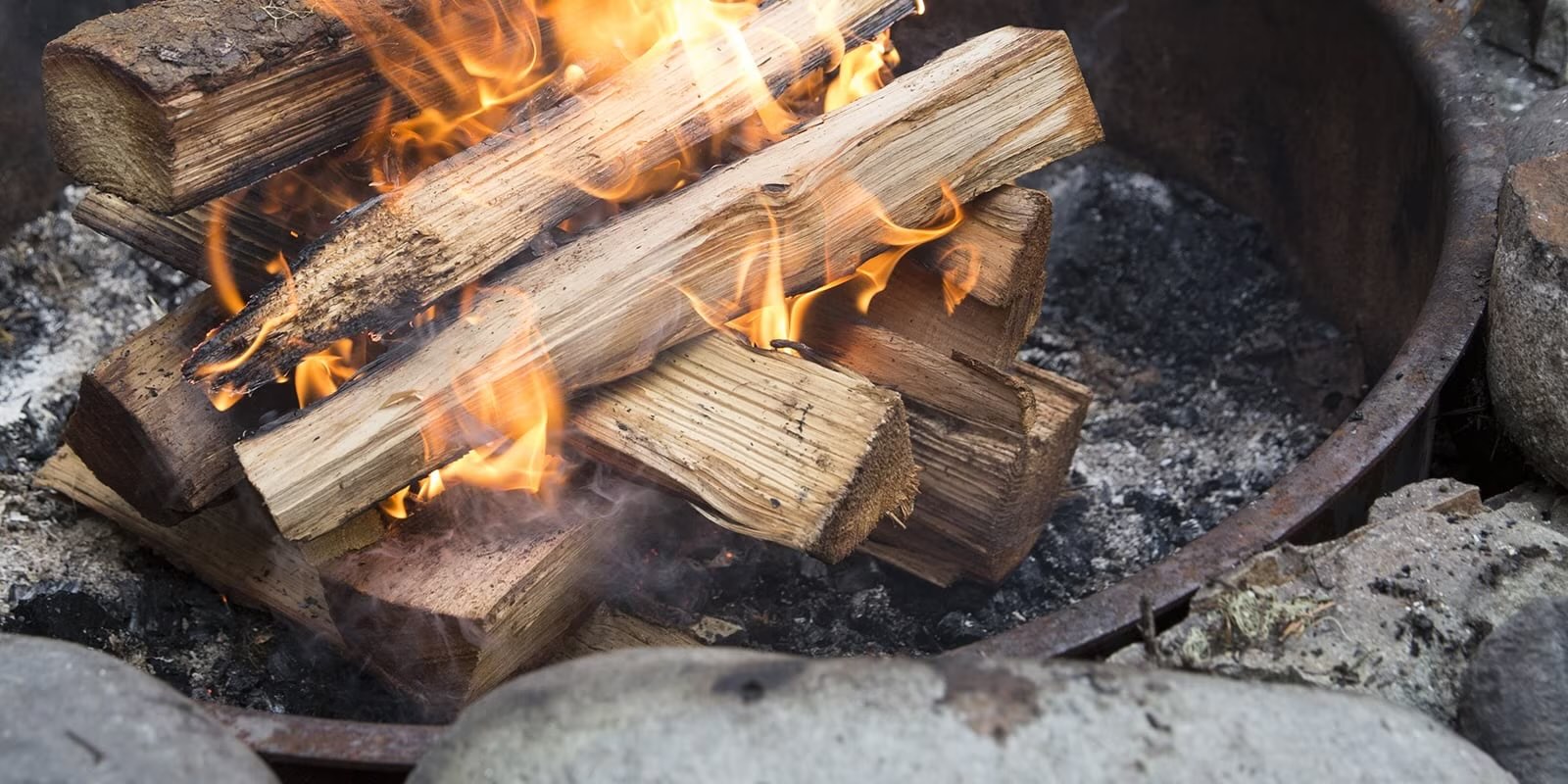
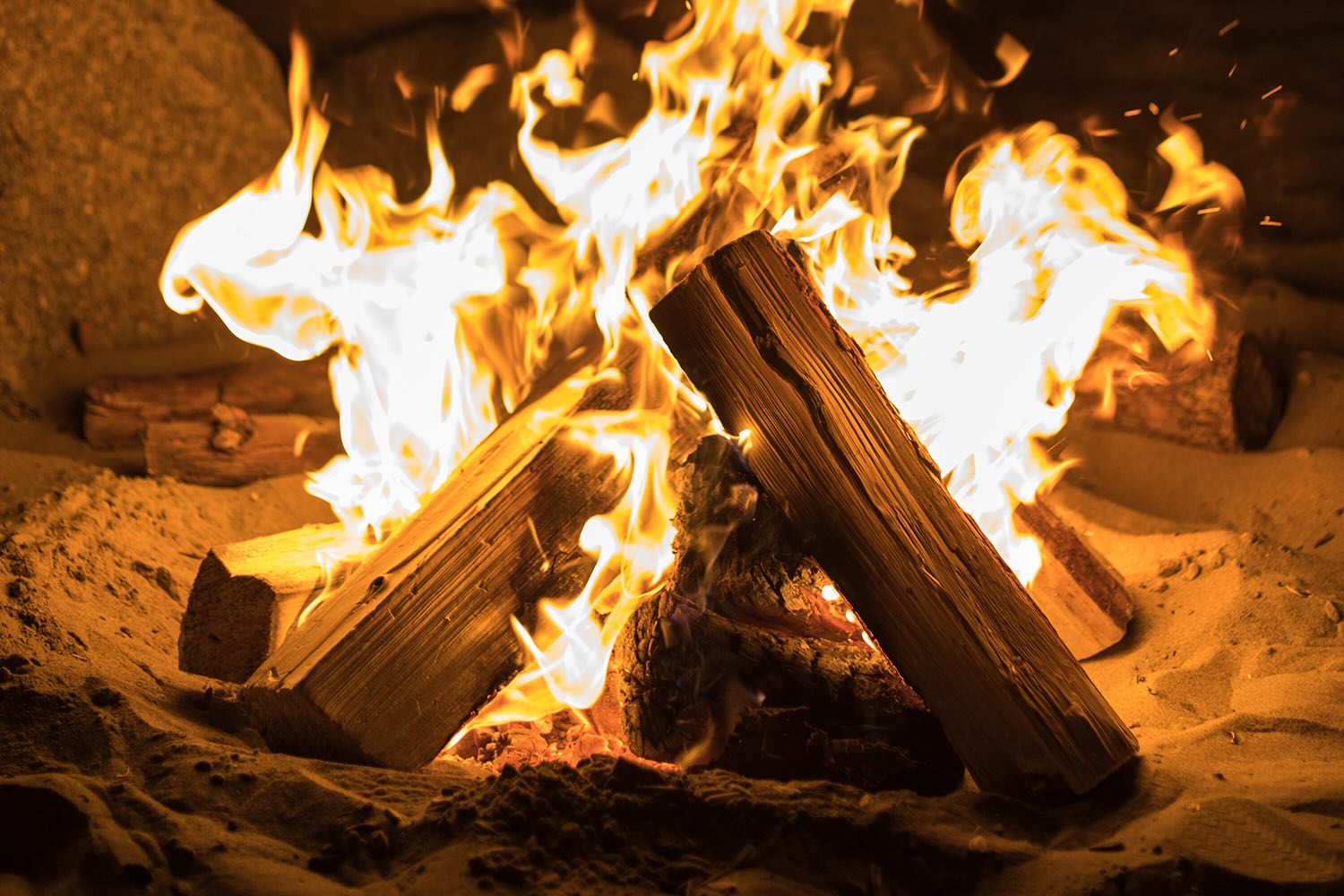
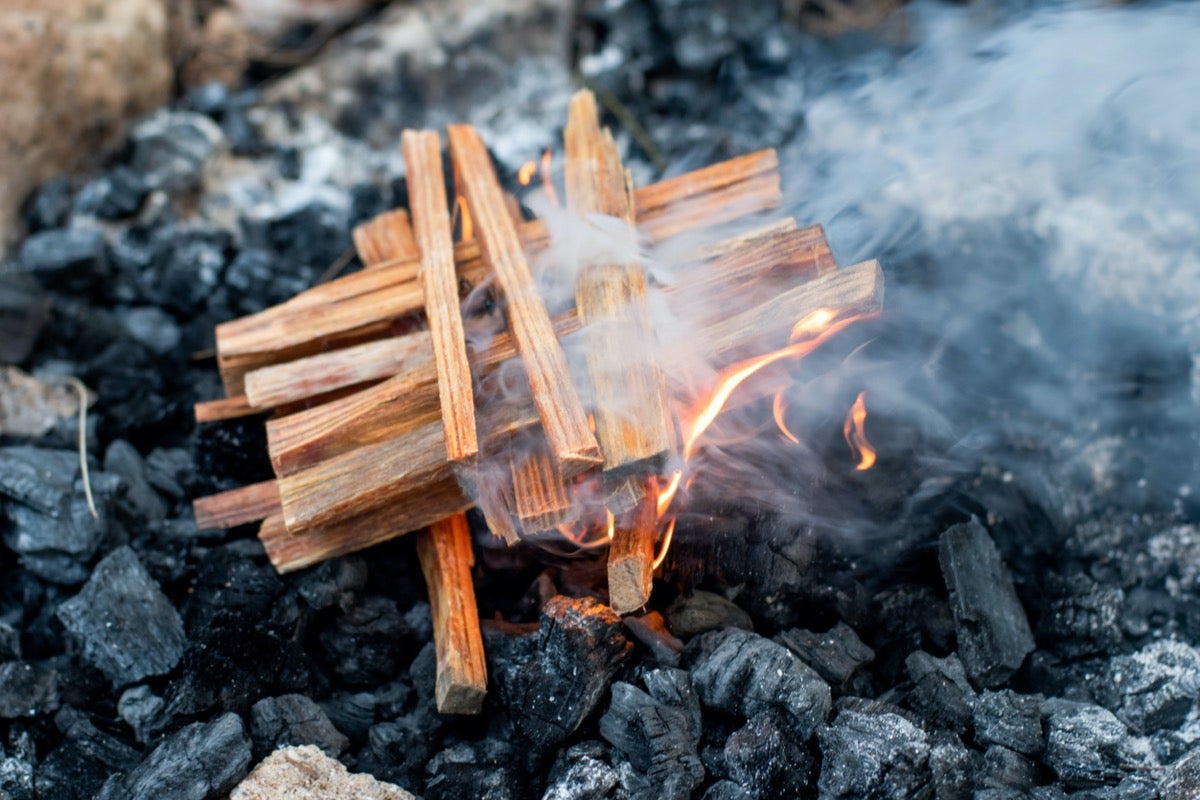
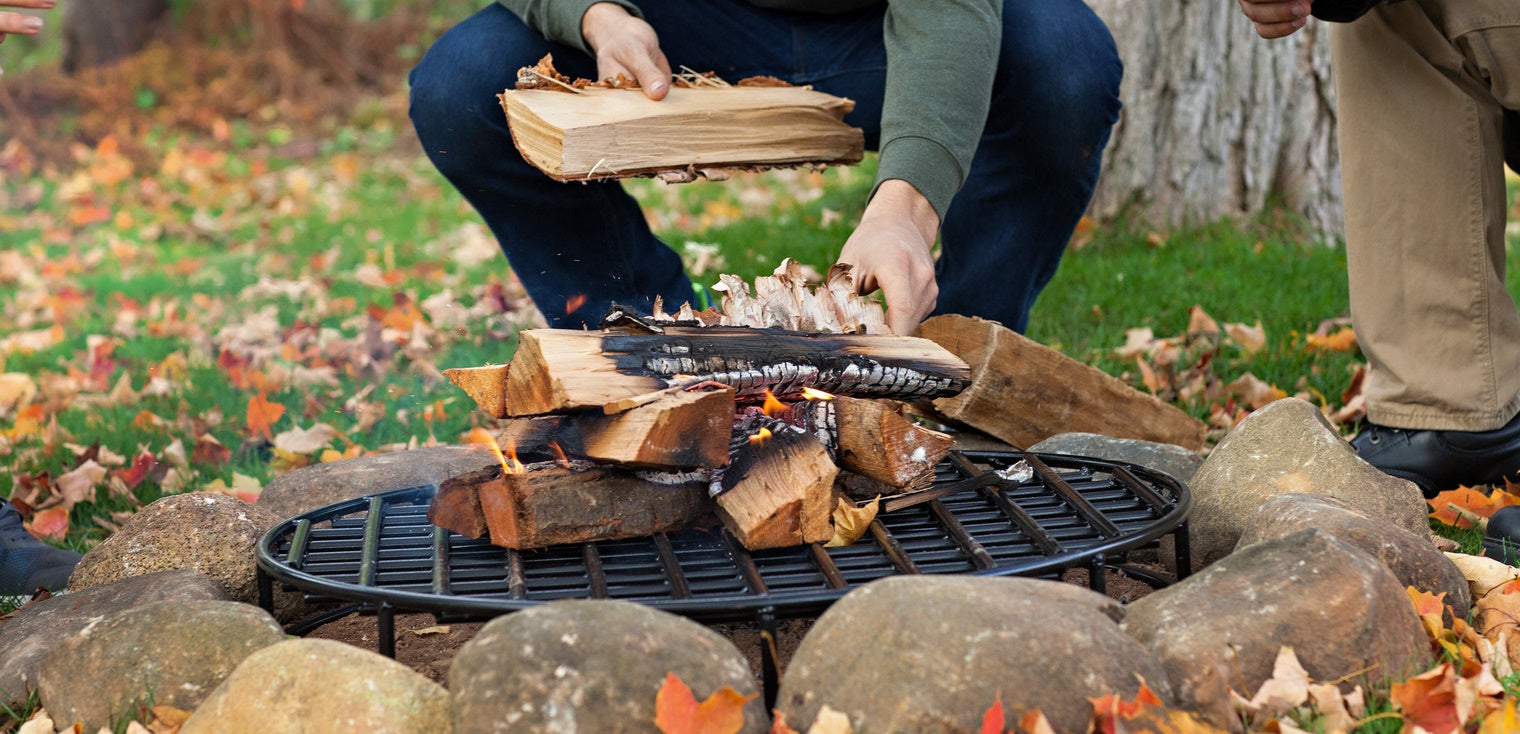
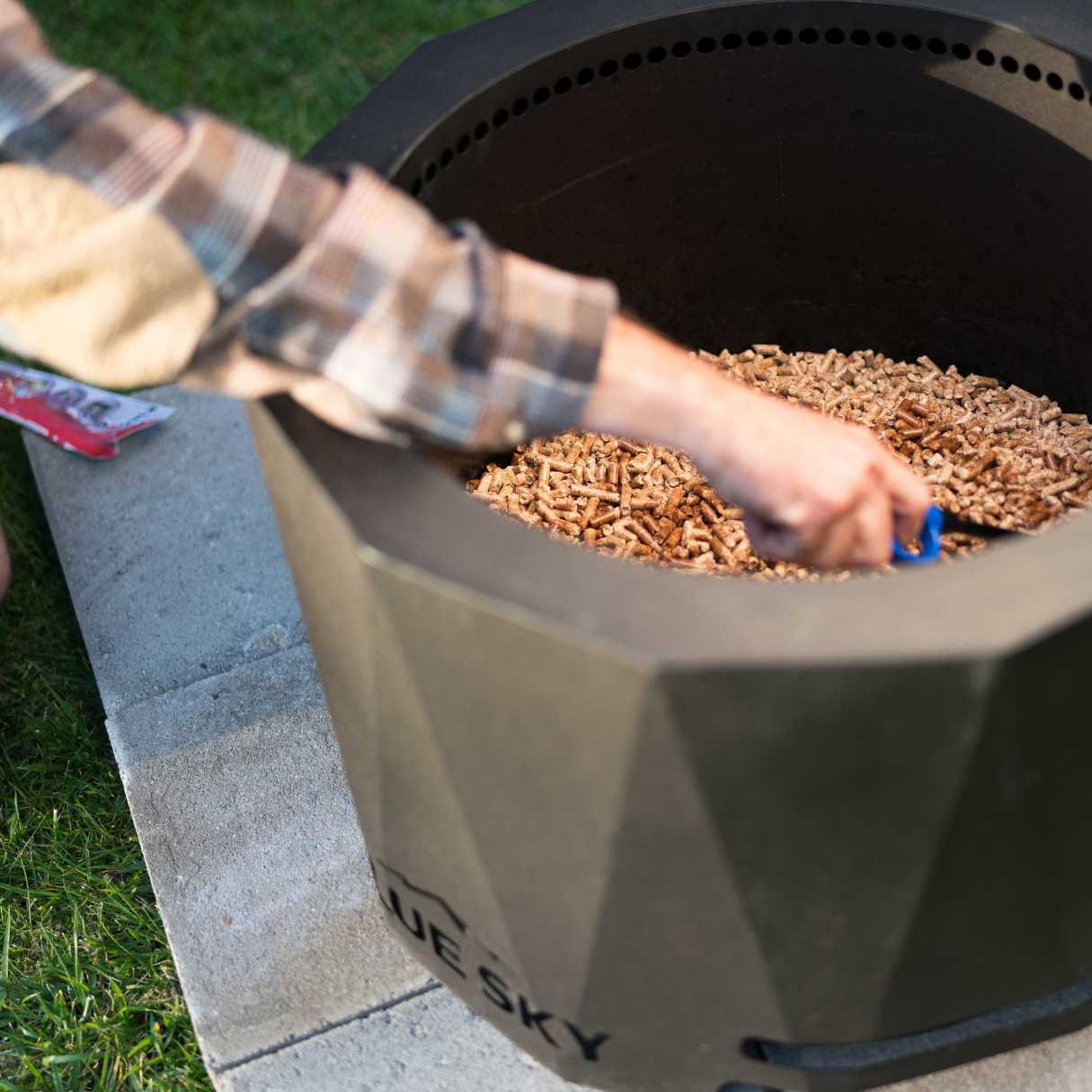
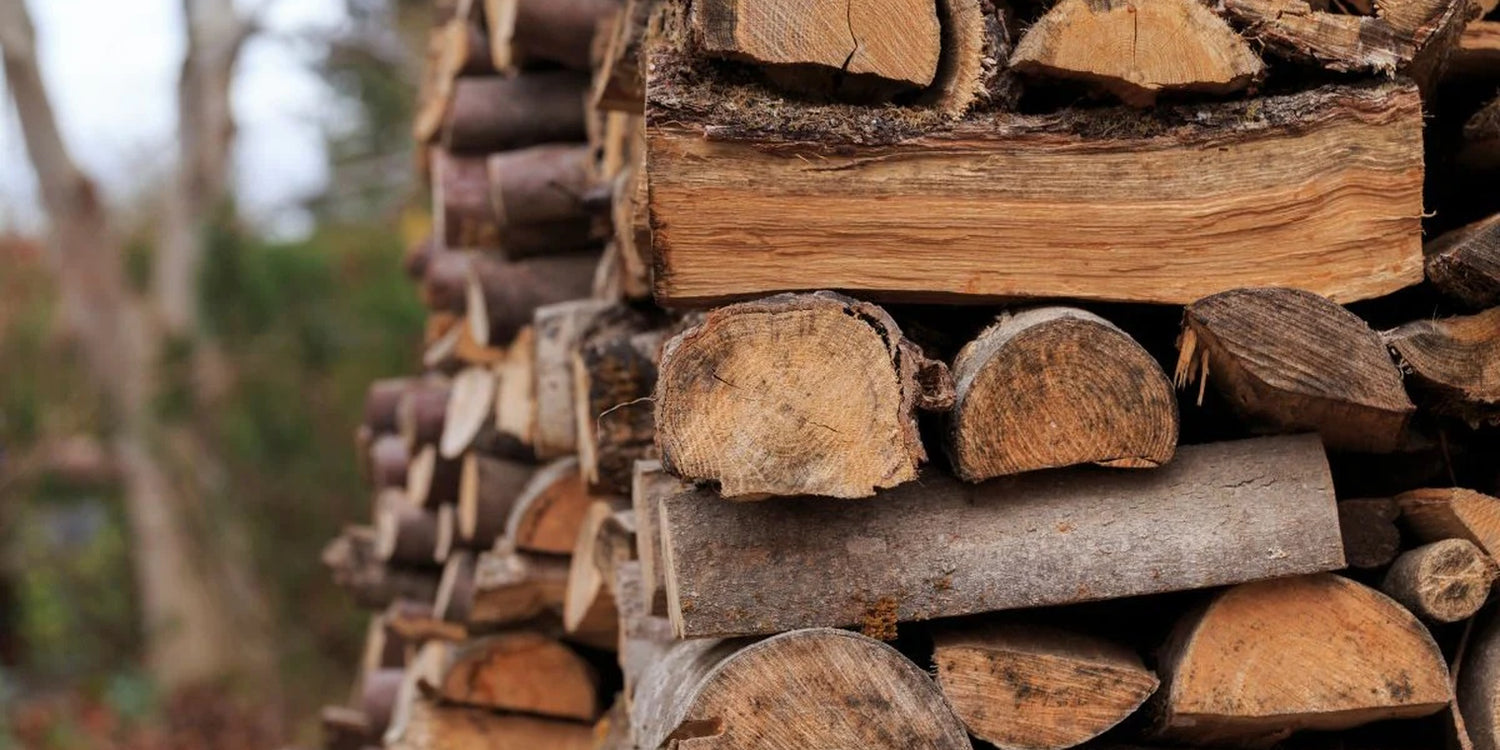
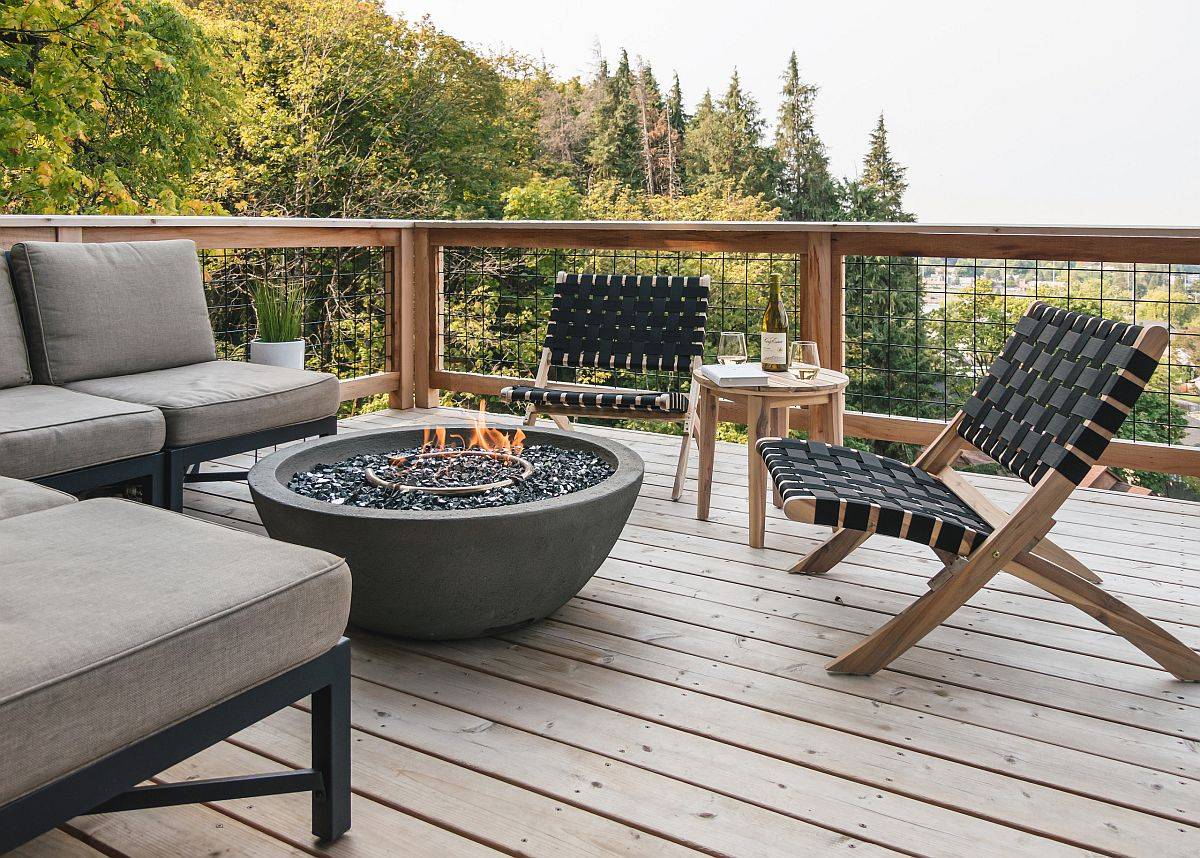
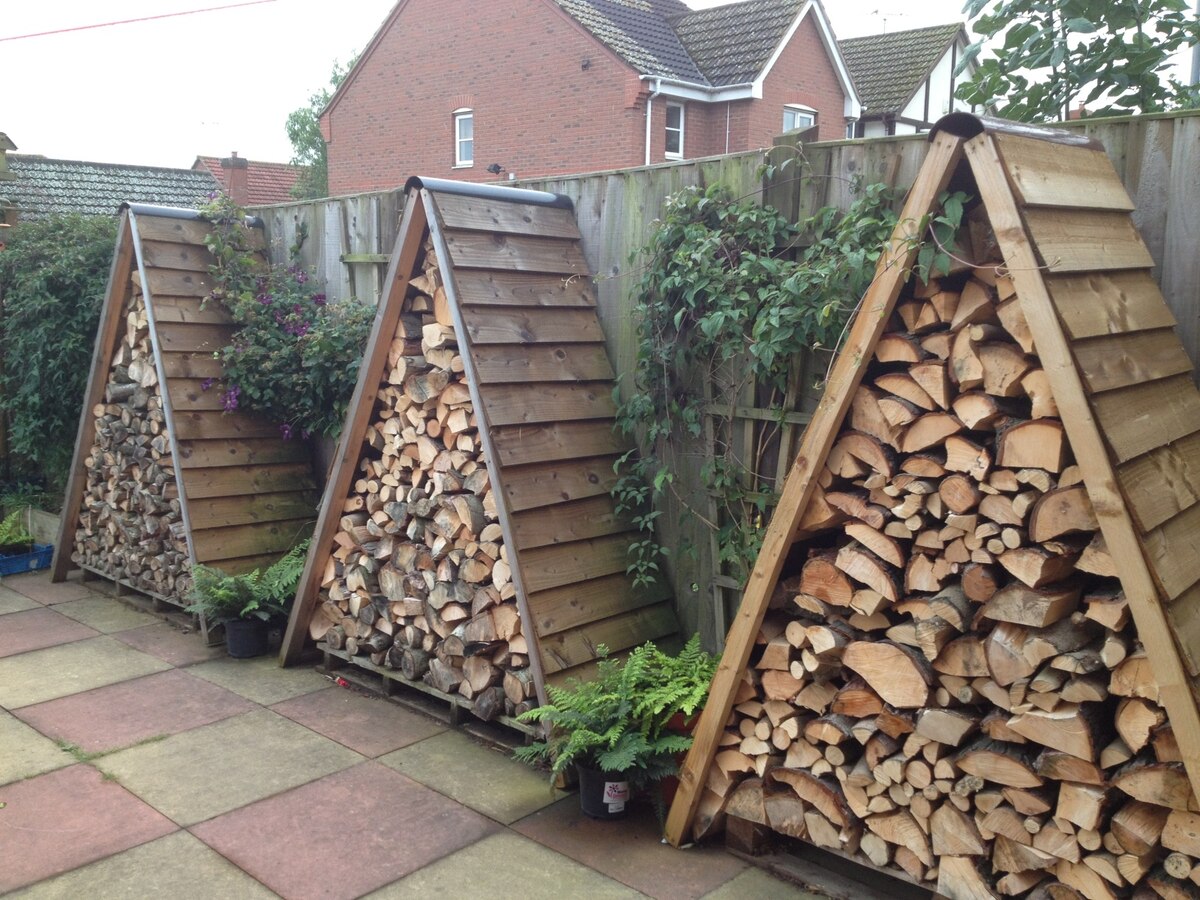

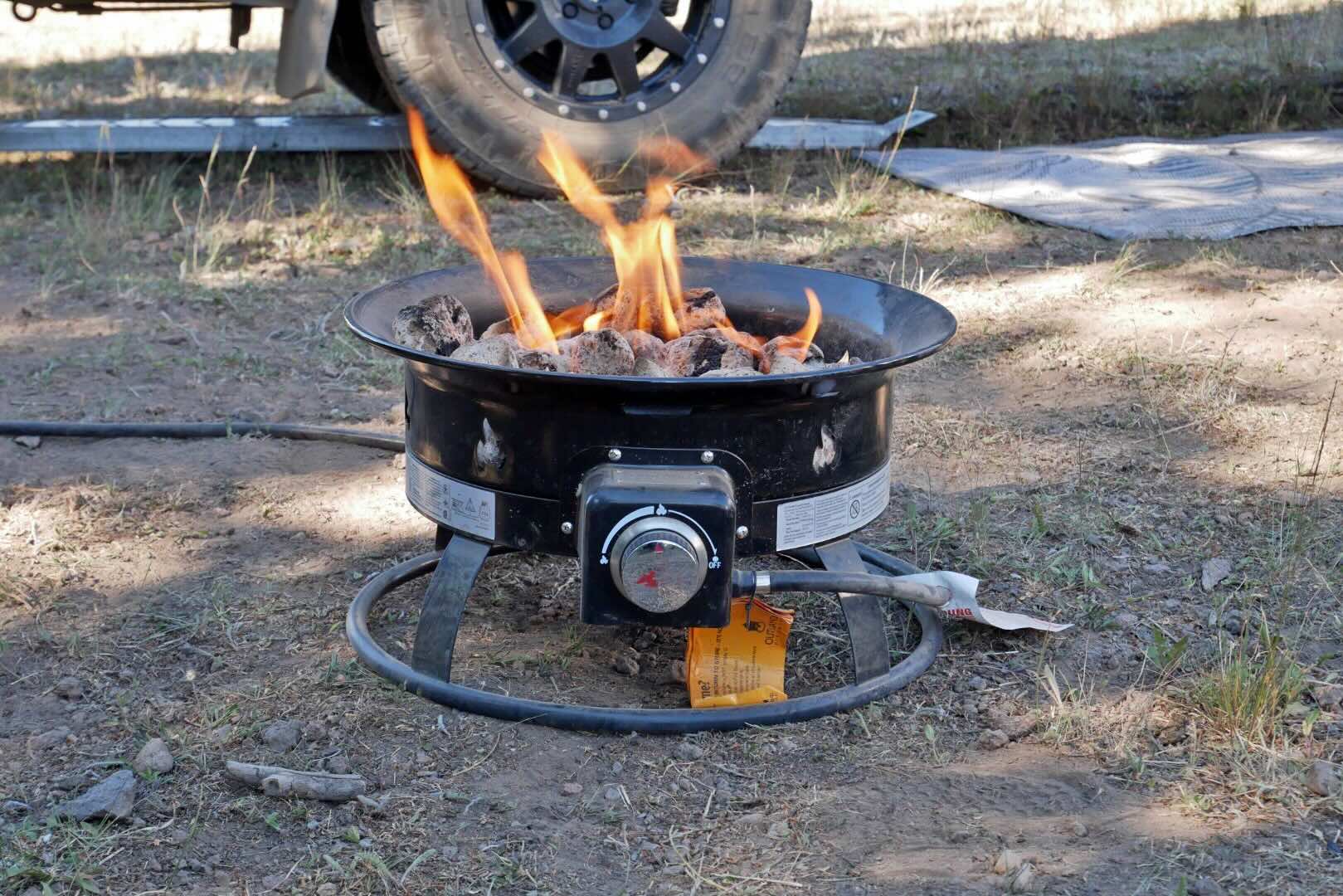


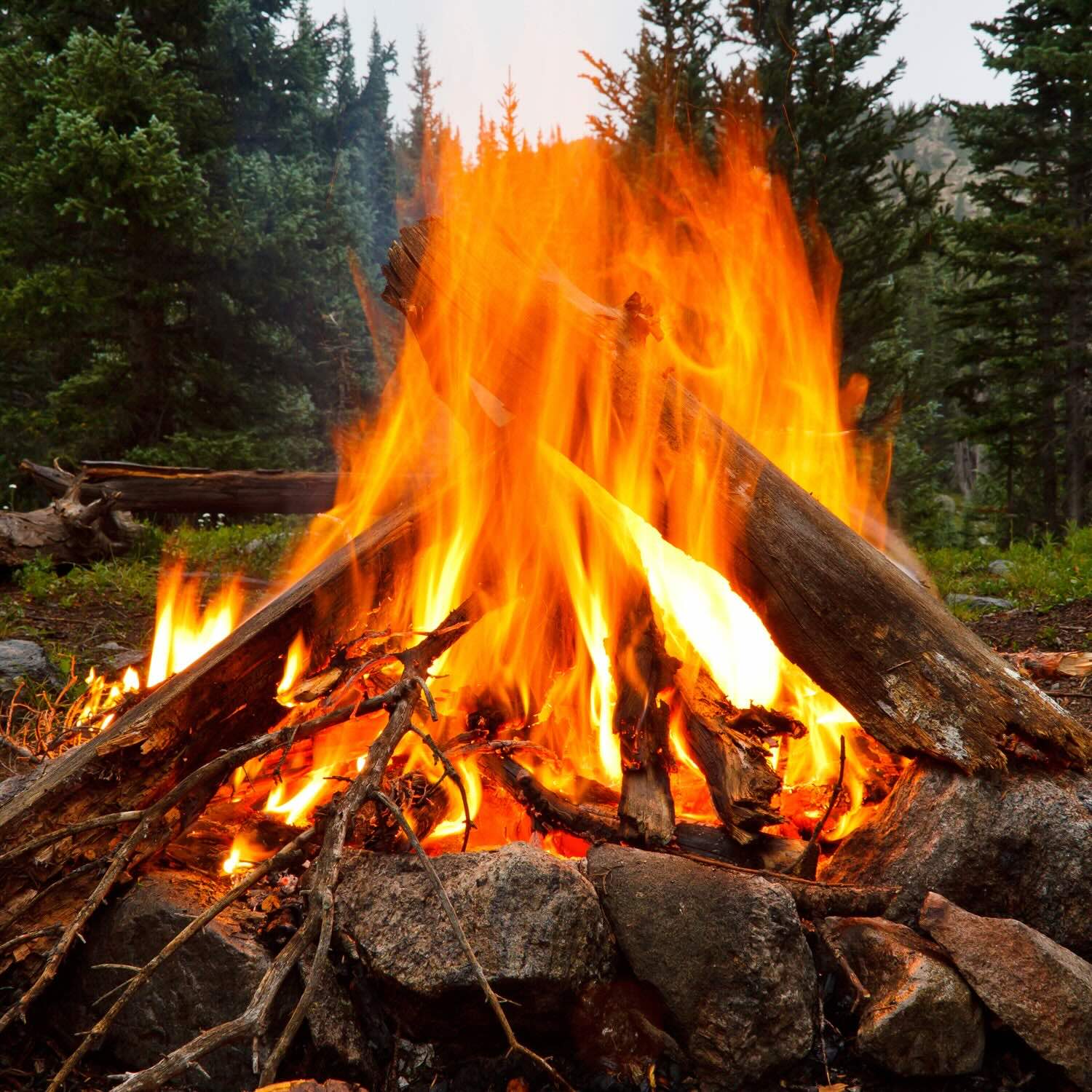
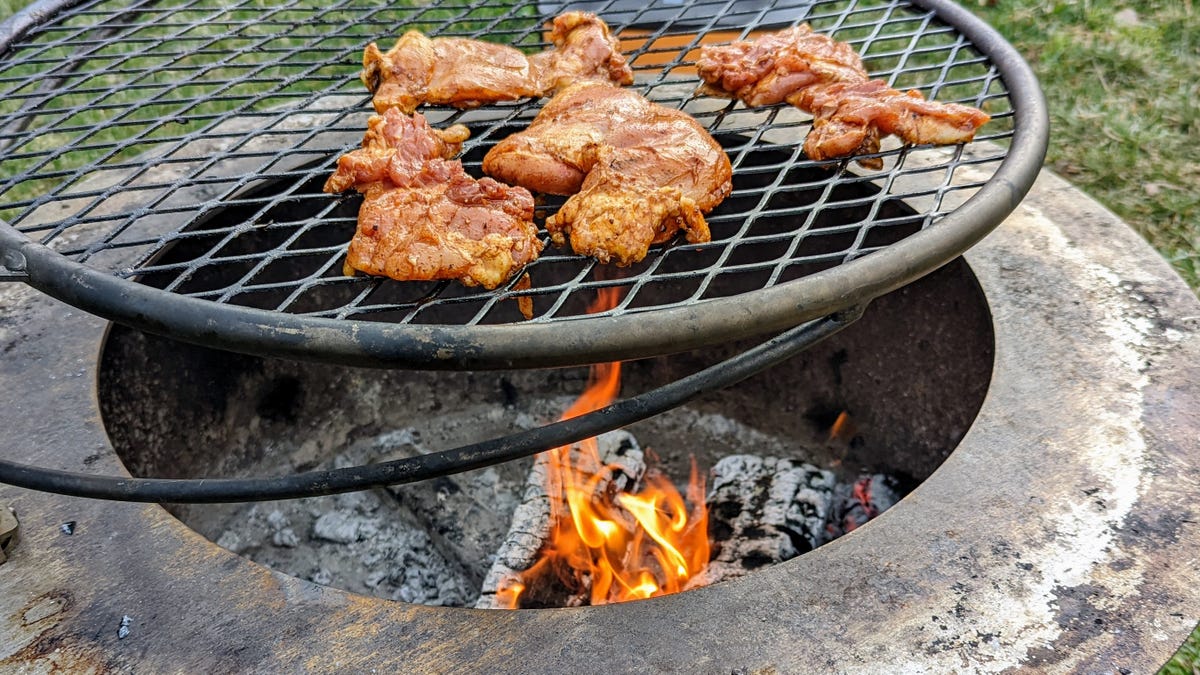

0 thoughts on “How To Store Wood For Fire Pit”